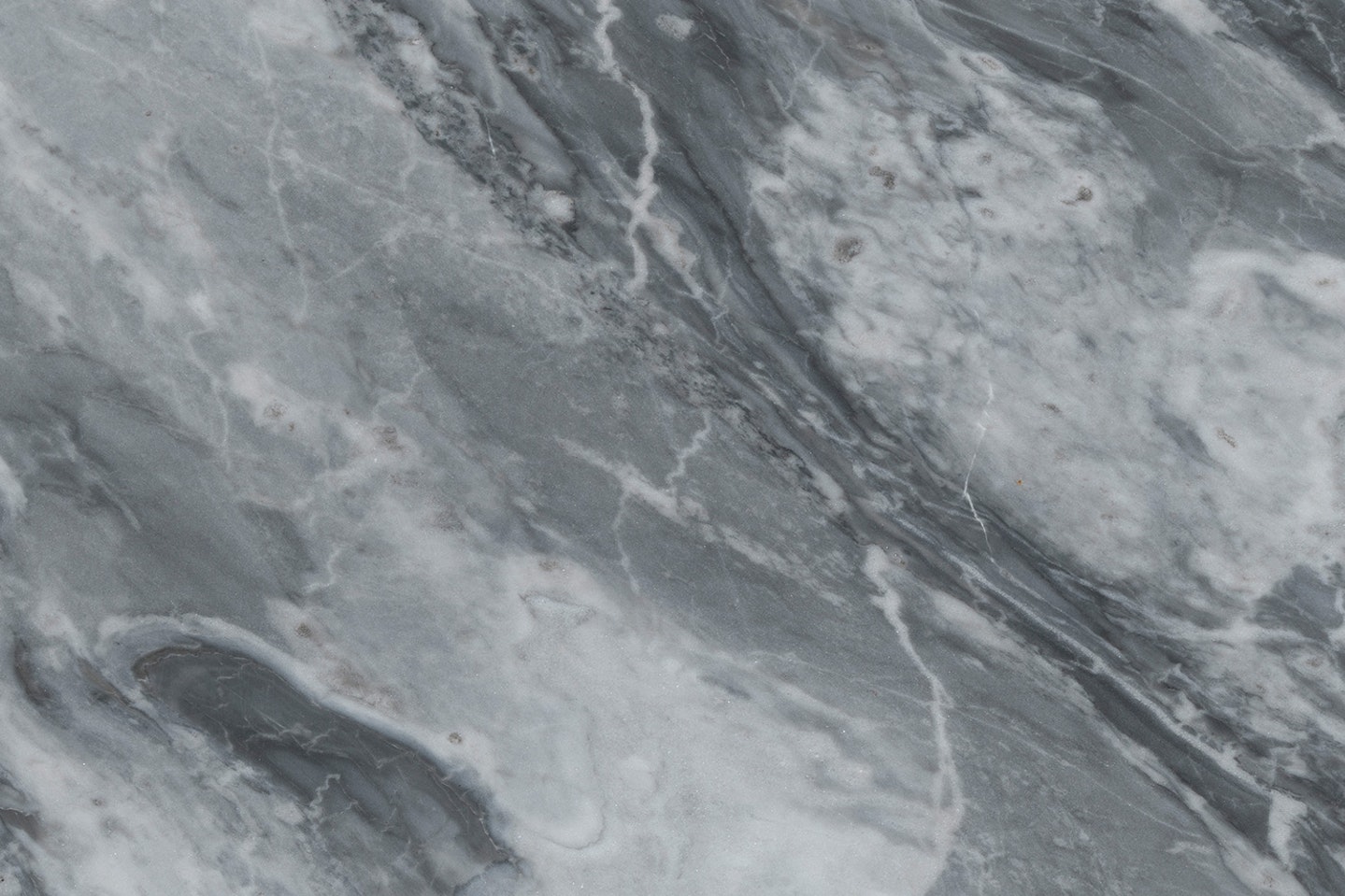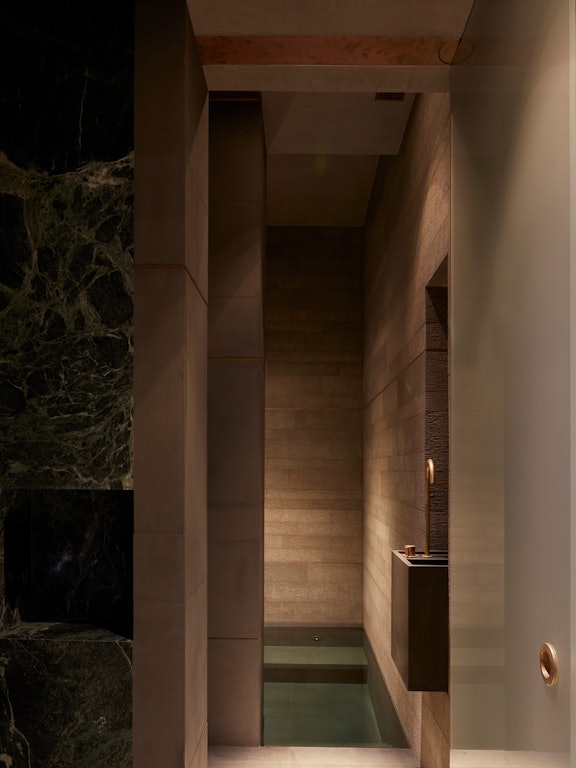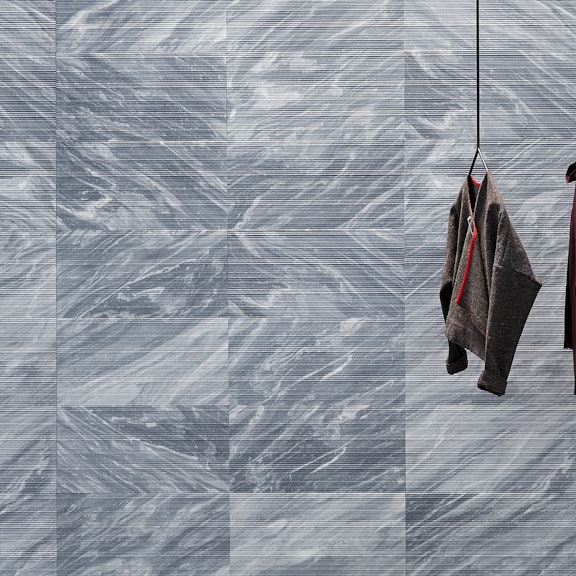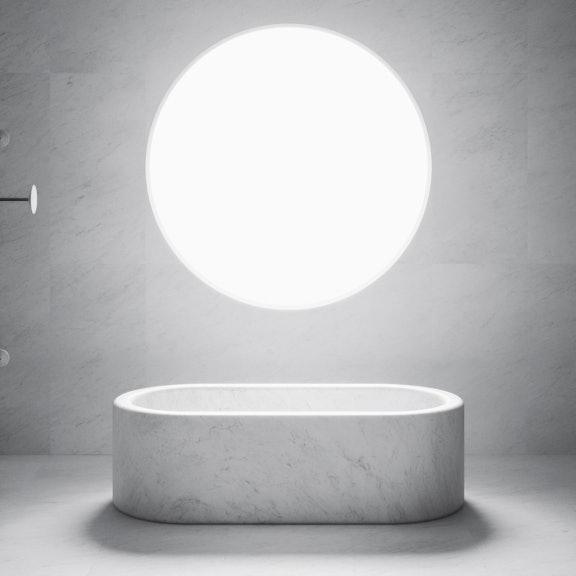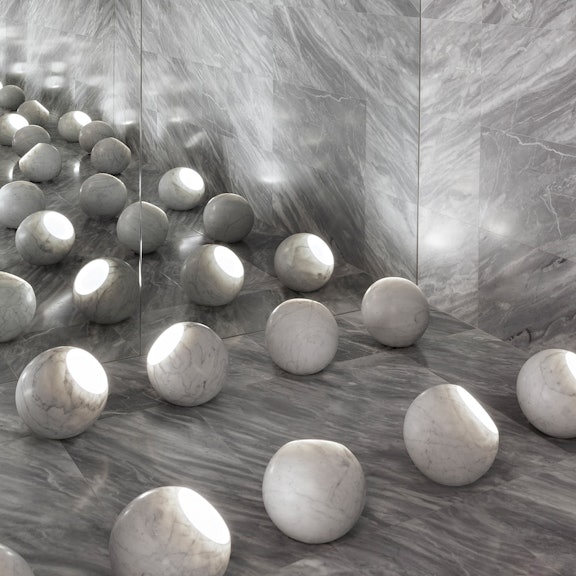Grigio Versilia: the epitome of cool (grey)
03.2022
Let us introduce you to Grigio Versilia, the cool side of grey
The dramatic colouring of Grigio Versilia
Anyone who is fortunate enough to know Grigio Versilia will surely agree that it is a rather particular stone, with its dramatic swathes of white veining that give it its striking, austere appearance. For those who haven’t heard of it, however, you may have a few questions. What type of stone is it? What makes it so special?
You are in for a treat if you are only now discovering this wonderful natural stone that we’ll take a closer look at together now.
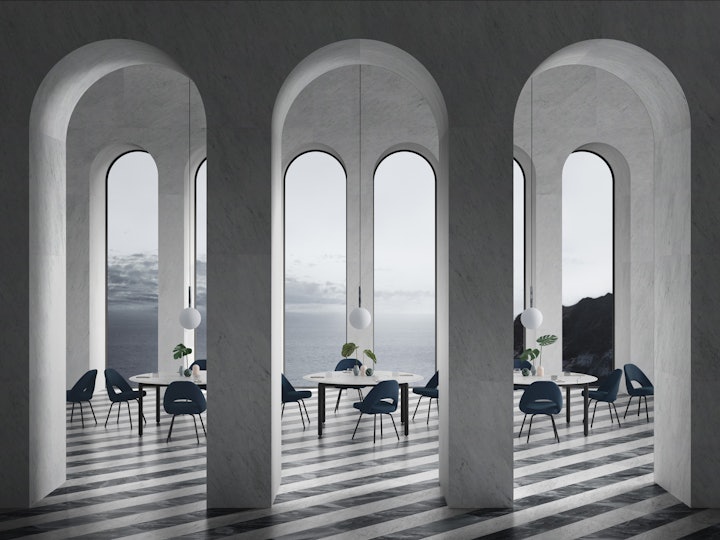
So exactly what is Grigio Versilia?
Grigio Versilia is, from a technical point of view, classified as a marble, and is primarily made up of calcium carbonate. It is extremely resistant and can stand up to great force and weight, as well as tolerate extreme temperatures, making it ideal for use on walls and floors in both indoor and outdoor environments. Because it is not particularly porous, it has a relatively low level of absorbency, although, as with most calcium-based stones, it is not a lover of acids.
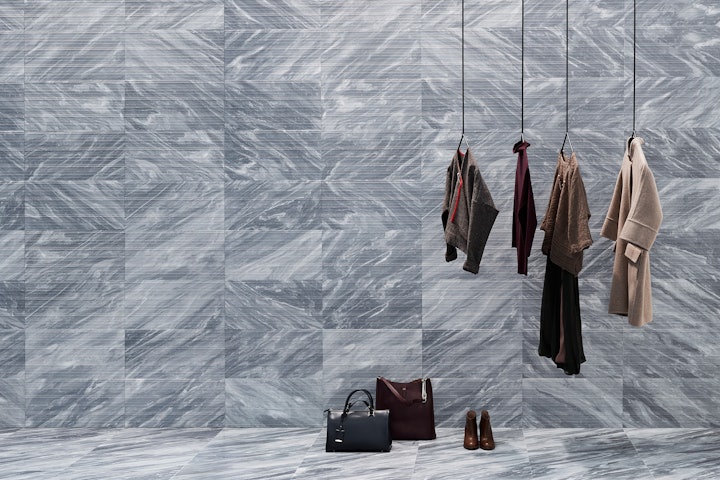
A place in history
Since the dawn of time, marble, Grigio Versilia’s “family”, has fascinated architects, designers and those who later got to feast their eyes on the extraordinary creations built from it. From ancient temples to magnificent residences and breathtaking sculptures, marble has proved versatile, enduring and sought after throughout the centuries. It’s true, however, that every now and then, its popularity has dipped, but overall, it has remained timeless. Interestingly, in recent years, home accessories in marble have seen something of a renaissance, thanks to fresh and enlightened design.
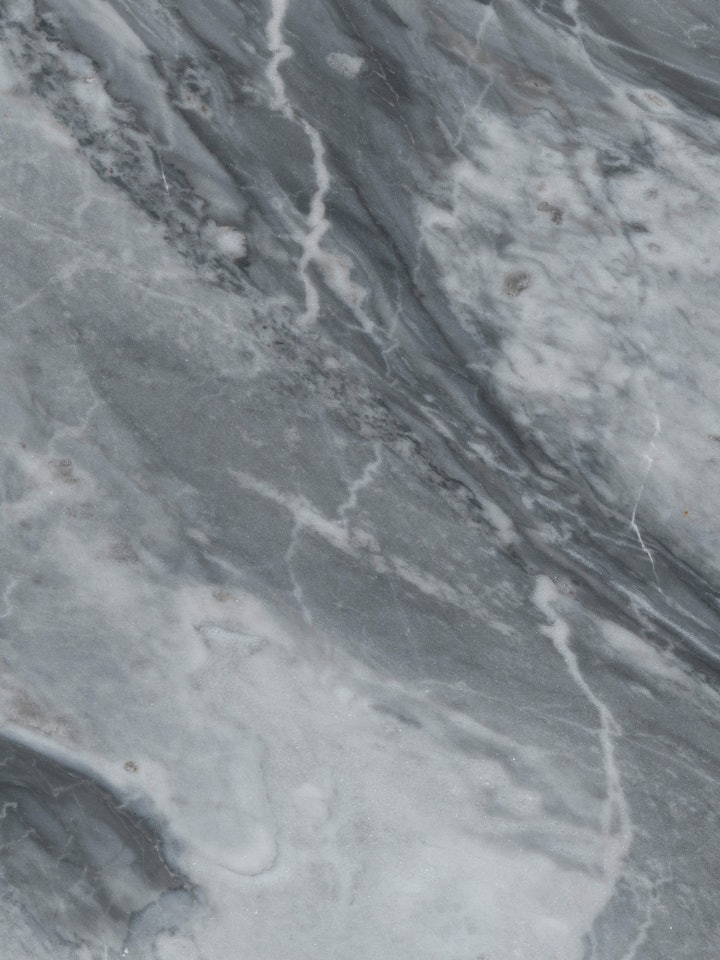
What makes it so special?
Grigio Versilia, as we’ve already said, is a type of marble, a material which is the result of a long and fascinating metamorphic process in which the calcite of a sedimentary rock such as limestone or dolomite is recrystallised, creating a denser stone in a pattern formed of calcite crystals.
Temperature and pressure both play a key role in the process, forcing a change in its structure and destroying any layers or other types of sedimentary structures that were originally in the rock.
As each pattern of crystals is unique, marble can be found in an incredible array of colours, from the classic Bianco Carrara through to greys, blues and even yellows and reds. It truly is the result of Nature’s kaleidoscope at work.
The deposits of minerals and “impurities that were contained in the original stone also contribute to the colour and veining, and in the case of Grigio Versilia, we find this elegant cool tone of grey, emblazoned with splashes of white. It is also worth noting that the type of veining is used to classify each block of marble in terms of quality.
So, in summary, Grigio Versilia is a natural stone belonging to the marble family, the product of a continuous course of evolution over millions of years. This history is visible to us today in the form and intensity of its veins, testament to the extraordinary natural processes of the earth.
While it may not be as well-known as some other marbles, it is one of our absolute favourites (nothing to do with the fact it also happens to come from our part of Tuscany, which is, oddly enough, called Versilia!). Its elegance and coolness make it a discerning choice, so now that you know the history and all the technical side of things, why not embark on the fun, inspiring bit and see how it can be used for textures and accessories?
Happy browsing!
